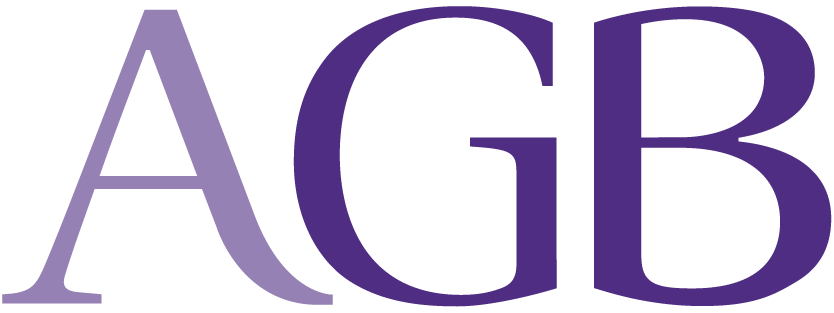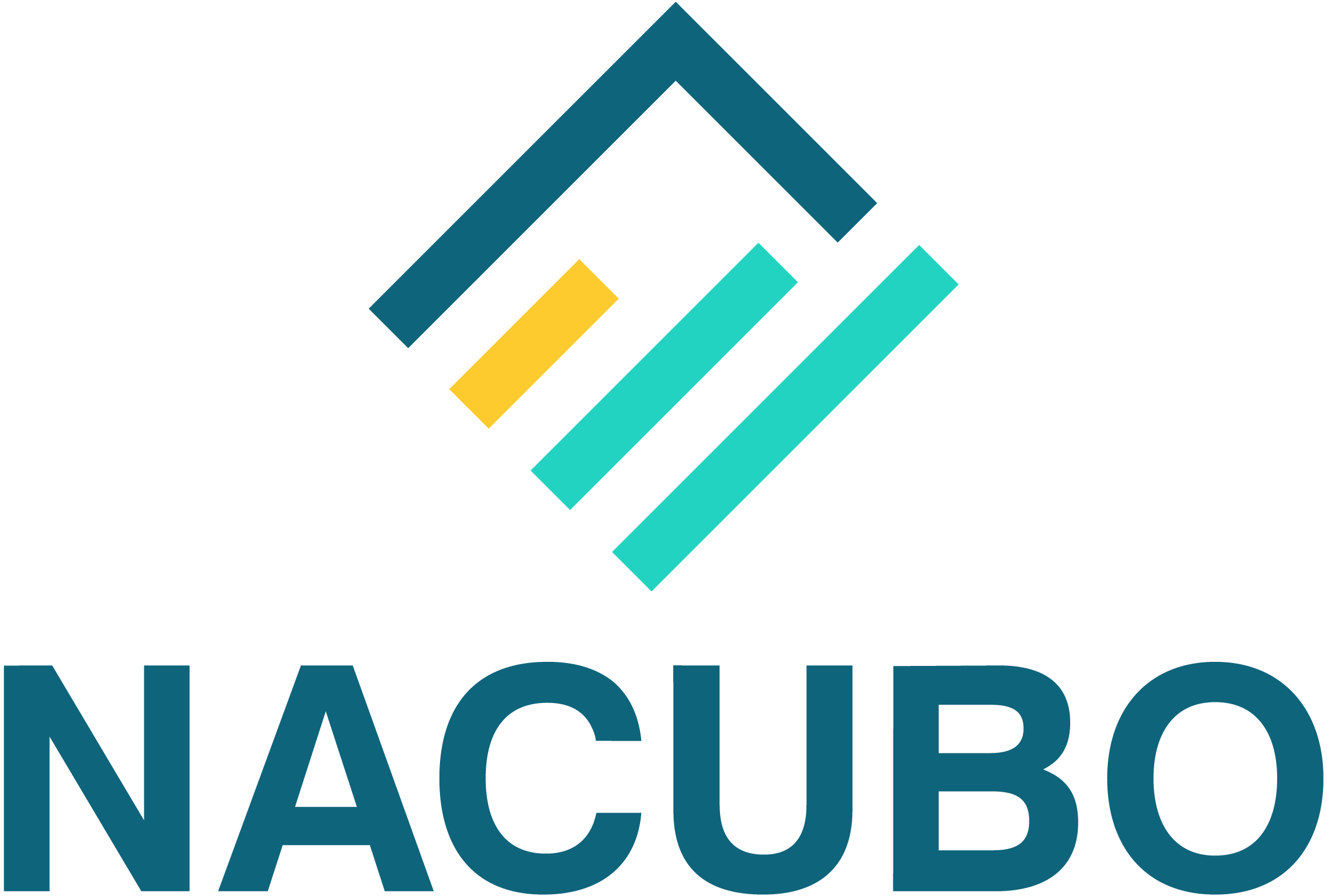Boardroom Conversations:
How Do We Develop Situational Awareness?
A high-performing college or university following this roadmap will have reached stakeholder consensus regarding the institution’s strategic direction and competitive market position when achievable business goals and objectives within the resources available have been collaboratively established, and effectively communicated to relevant campus stakeholders. The governing board, senior leaders, and campus stakeholders will have reached agreement on the data analytics measuring progress to plan and determined the resiliency of the institution’s ecosystem to weather economic shocks when technology and related resources are secured. Further, campus leaders will have established agreed upon procedures for dealing with minor quantifiable variances to key business model operating metrics and an understanding of the institution’s tolerance for business risk by ensuring sound governance structures are established and leveraged.
If each of these factors has been achieved, then leadership will have established the institutional capacity to effectively assess the viability of the business model and recognize the underlying drivers of its success. But do they comprehend the sensitivity of these drivers to setbacks and shocks? In other words, have they stress tested the business model?
In his article “The Importance of Stress Testing in Higher Education (Trusteeship, September/October 2019),” Verne Sedlacek wrote: “The objective of stress testing has been to determine if an operation can withstand shocks that are brought on by influences that may be beyond our control.”1 He points out that “stress testing helps the board (and the administration, for that matter) identify which key aspects of the institution are most essential to financial viability.” Sedlacek observed the value of stress testing is that it can help clarify for leadership which components of an institution’s business model are most susceptible to disruption.2 He points out that “stress testing is one of the most important obligations of the board of trustees of any college or university. It enables the board to take an appropriate long-term approach to the finances and operations of the institution.”3
In this regard, Sedlacek is making the point that stress testing, as part of a broader ongoing institutional assessment process, provides governing boards and senior leadership with the situational awareness required to deal with stressful situations—that is, crises that may arise from time-to-time. This situational awareness, unique to each institution, is essential to providing leadership with the data required to better inform them when trying to determine an optimum path forward in periods of operational disruption.
Critical Factors in Organizational Stress Testing
Verne Sedlacek, “The Importance of Stress Testing in Higher Education,” in Finance Committee Chair Toolkit, and Trusteeship (September/October 2019).
The key points of potential failure.
The relationship between correlated components.
The scenarios that will adversely impact the institution.
The key components of financial viability.
Potential hedging or mitigation opportunities.
Training to prevent panic when things go wrong.
1 Verne Sedlacek, “The Importance of Stress Testing in Higher Education,” Trusteeship Volume 27, Number 5 (September/October 2019).
2 Sedlacek, “The Importance of Stress Testing.”
3 Sedlacek, “The Importance of Stress Testing.”
Related Resources
Sedlacek, Verne. “The Importance of Stress Testing in Higher Education.” Trusteeship Volume 30, Number 5 (September/October 2022). https://agb.org/trusteeship-article/the-importance-of-stress-testing-in-higher-education/.
Zemsky, Robert, Susan Shaman, and Susan Campbell Baldridge, The College Stress Test: Tracking Institutional Futures across a Crowded Market. Baltimore: Johns Hopkins University Press, 2020.








